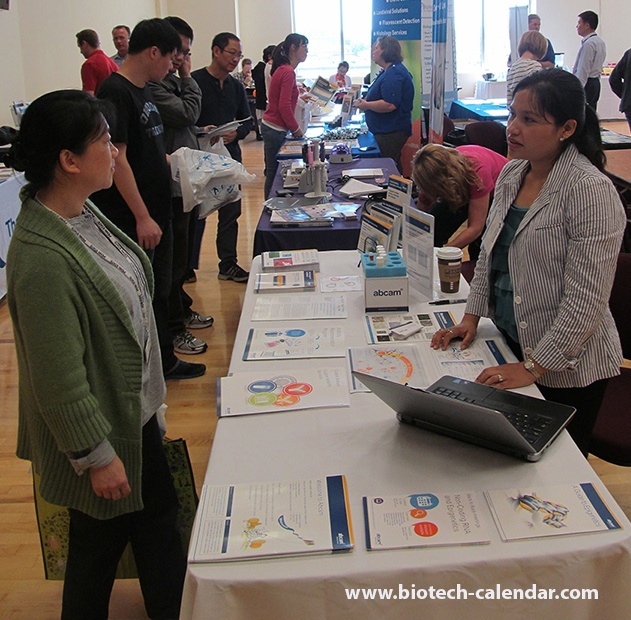The University of Maryland, Baltimore is currently constructing a massive collaborative research building on its medical campus, the first new research facility since 2003. The Health Science Facility III will be UMD Baltimore's largest research building by far once construction completes in December 2017. This facility will house researchers from the schools of Medicine, Pharmacy, and Dentistry to catalyze collaboration between these schools and continue to secure UMD Baltimore's spot as one of the top research institutions in the country. This $305.4 million construction project, which broke ground in 2013, will create 428,970 square feet of space spread over 10 stories. This building will feature two adjoining towers to incorporate both wet and dry research lab space. Around 70,000 square feet of this space will be solely dedicated to wet lab research for approximately 92 principal investigators, accounting for just over 1/6 of the total space in the building.
“When this facility opens, our students and research scientists will have access to the most cutting-edge of scientific facilities, as well as easier access to each other, encouraging collaboration across disciplines,” said William E. “Brit” Kirwan, Ph.D., chancellor of the University System of Maryland. “We are excited that research scientists from our School of Medicine will be able to advance their collaborative research and discovery efforts with colleagues across the Campus and the University System unimpeded by space limitations. We hope to see new, interdisciplinary partnerships develop, leading to a better understanding of human health and disease and a fully comprehensive education for our students.”

University officials and campus scientists are excited for the potential the establishment of this collaborative facility has for the University of Maryland's contributions to the research community. Fields of study expected to especially benefit from this interdisciplinary workplace include Genome Sciences, Personalized and Genomic Medicine, Cancer Biology, Cardiovascular Science, Brain Science, Stem Cell Biology, and Infection/Inflammation Science among many other areas.
(Artistic rendering of HSFIII courtesy of pharmaceutical-technology.com)
“With this groundbreaking, we are ushering in a revolution in biomedicine, here at the School of Medicine, where fundamental research and advancement in technology converge to create new pathways and new opportunities for science and technology to dramatically impact the health and well-being of the citizens of Maryland, and the region, while positively impacting the economy of our state,” said E. Albert Reece, M.D., Ph.D., M.B.A., Dean of the University of Maryland School of Medicine. “Within the portals of this building will be conducted robust collaborative research that will expand across the University of Maryland, Baltimore Campus where School of Medicine investigators will engage collaboratively with other colleagues across the campus and beyond – especially scientists at the School of Dentistry and the School of Pharmacy.”
Most exciting, though, is the announcement that space in Health Science Facility III has yet to be assigned by university officials. By keeping laboratory benches unassigned during construction, the university aims to recruit new, interdisciplinary researchers to house these new life science labs to truly evoke a feeling of youth and energy throughout the facility once it opens for occupancy in January 2018.
Learn more about the state-of-the-art research and innovations happening at the University of Maryland, Baltimore with the following articles:
Baltimore Researchers Identify Dangerous E. coli Strains
Baltimore Biorsearchers Receive $10.7 Million for STD Research
UMD Baltimore Creating New $15.2M Genome Center for Infectious Diseases
 (Image taken at 2015 BioResearch Product Faire™ Event at UMD Baltimore™ Event at UMD Baltimore)
(Image taken at 2015 BioResearch Product Faire™ Event at UMD Baltimore™ Event at UMD Baltimore)
Biotechnology Calendar, Inc. has been producing highly reputable life science trade shows at more than fifty research universities across the U.S. for over twenty years. These shows bring hundreds of researchers in search of the best new tools together with lab supply companies.
If you are interested in exhibiting your laboratory supplies to, and connecting with, researchers at UMD Baltimore, we invite you to join us at our upcoming Baltimore event. The 2nd Annual BioResearch Product Faire™ Event at the University of Maryland, Baltimore will be held on June 8, 2016.
To learn more about participating at this Baltimore event, visit the link below:

Read More




 (Image taken at
(Image taken at 